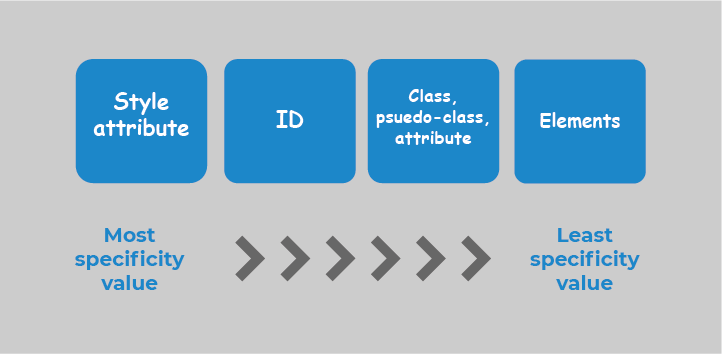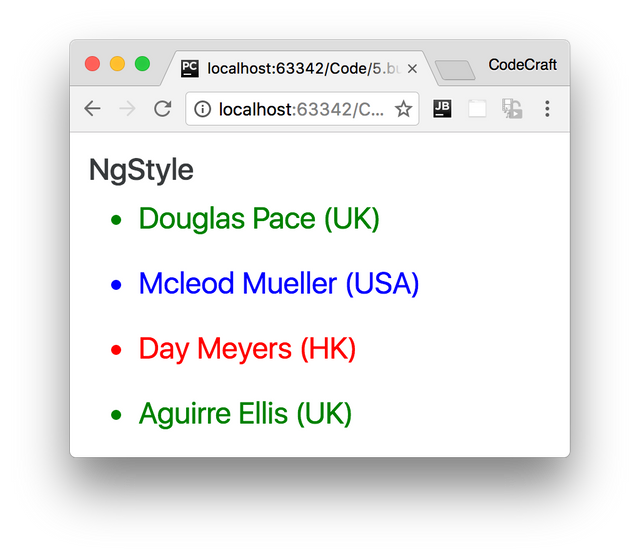javascript set class style
Select the element example - by using getElementById. DocumentgetElementById idstyleproperty new_style.
The class attribute is mostly used to point to a class in a style sheet.

. On top of your current class in your css file you could add another class in there and then just switch the HTML elements to belong to that new class. DataFlair. JavaScript is fully capable of modifying both the class and style properties.
If it matches then using JavaScript add an inline style on the. Highlight the activecurrent pressed button. On each iteration use the style object to change the elements styles.
In JavaScript the standard way of selecting an element is to use the documentgetElementById Id. To Change style of an elements. Then concatenate CSS property to that and assign CSS value as a string.
JavaScript How to Use setAttribute JavaScript How to Set an HTML Elements Class. The code below shows us how to alter the text-color with a JavaScript statement. To change the styles of all elements with a specific class.
Similarly elementclassName helps set more than one style changes to the selected HTML element by clubbing those style attributes as a CSS class. Learn how to add an active class to the current element with JavaScript. For example to set the color of an element to red you use the following code.
Returns a set of elements which have all the given class names. Ignoring inline styles the other approach that we can use to introduce elements to the goodness that is CSS styling involves JavaScript. CSS css The style property returns the read-only CSSStyleDeclaration object that contains a list of CSS properties.
Another benefit in using a framework is that you can more easily add or remove class names rather than simply replace the entire class attributes value eg. Inorder to apply for style for all elements with same class name. First we will take the input value and match it with a regex pattern.
Change CSS Property With getElementById in JavaScript. Of course it is possible to obtain elements in other ways as well and in some circumstances use this. This way allows you to change the CSS styles for one or multiple elements present in the DOM.
If we have a unique id assigned to an HTML element we can query it and change its style with the getElementById function of the Document. You would need to loop through all the elements with that class name and change them to the new name. We should always prefer CSS classes to style.
Use the forEach method to iterate over the collection. The first is to use the setAttribute method. For example lets change the color property of a hover pseudo-class by pressing a.
For the first method we need to know the new CSS rules we want to set for the pseudo-class in advance. There are two other ways to set style using JavaScript. Replace name with class.
Query the element present in the DOM. There are a few ways you could do this. The class you add can then be handled using external CSS styling.
Style the active class and buttons on mouse-over active btnhover background-color. And set the style or styles for it one by one. Apply a pseudo-class CSS ruleset using attribute selectors.
For example style is acceptable if we calculate coordinates of an element dynamically and want to set them from JavaScript like this. You can see from the above picture style object provide all CSS properties which you can get or set using this object. We can use JavaScript to directly set a style on an element and we can also use JavaScript to add or remove class values on elements which will alter which style rules get applied.
Use the querySelectorAll method to get a collection of the elements with the specific class. For replacing all the existing classes with a single or more classes you should set the className attribute as follows. Here is the HTML for the examples in this article.
The latter should only be used if classes cant handle it. JavaScript can modify both classes and style properties. You may have multiple elements with this class name.
Use style property to the element. To remove myclass from an element with a class attribute of myclass myotherclass youd otherwise have to replace the attribute value with myotherclass or do something funky like split the string into an array. Setting individual styles directly from JavaScript is one of the most common scenarios when dealing with dynamic CSS styles.
All you have to do is. So you need to provide index like. If you do not have an active class set on the button element to start with use the following code.
The second is by adding a class using the add method of the classList property. To set the inline style of an element you use the style property of that element. In this example we have built a PAN number validator.
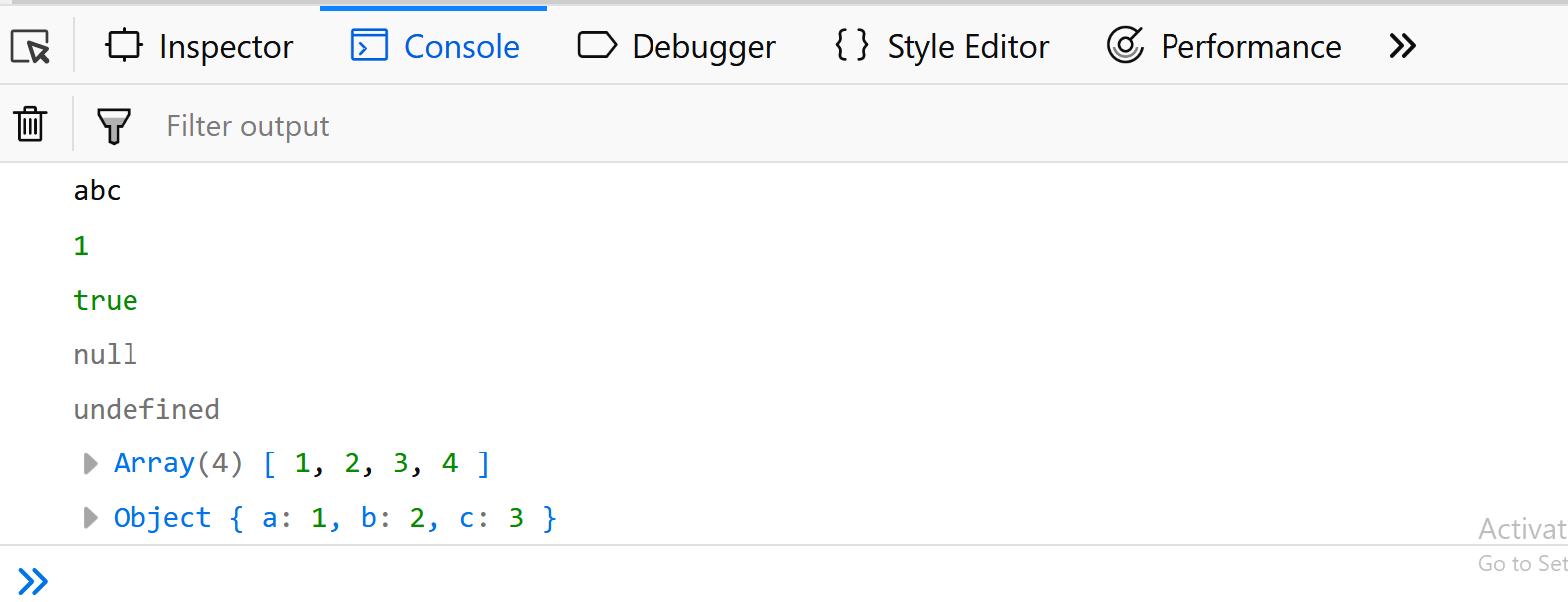
Console In Javascript Geeksforgeeks
.jpeg?width=650&name=Update%20css%20class%20(heavy).jpeg)
The Beginner S Guide To Css Classes

Change A Style Of All Elements With Specific Class Using Js Bobbyhadz

How To Change Style Attribute Of An Element Dynamically Using Javascript Geeksforgeeks
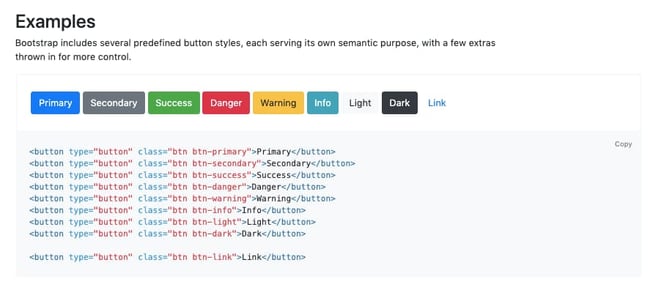
Bootstrap Buttons Classes Styles Explained
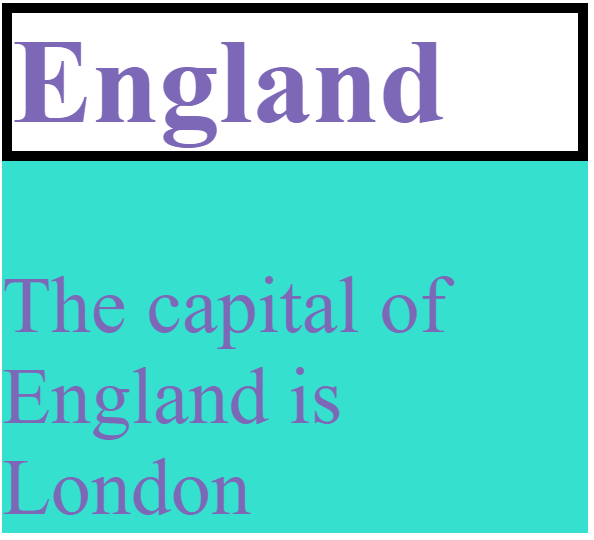
How To Modify Css Classes In Javascript

How To Remove A Class Name From An Element Through Javascript

How To Get Class Names Of An Html Element As String In Javascript

How To Modify Css Classes In Javascript

How To Style The Html Div Element With Css Digitalocean
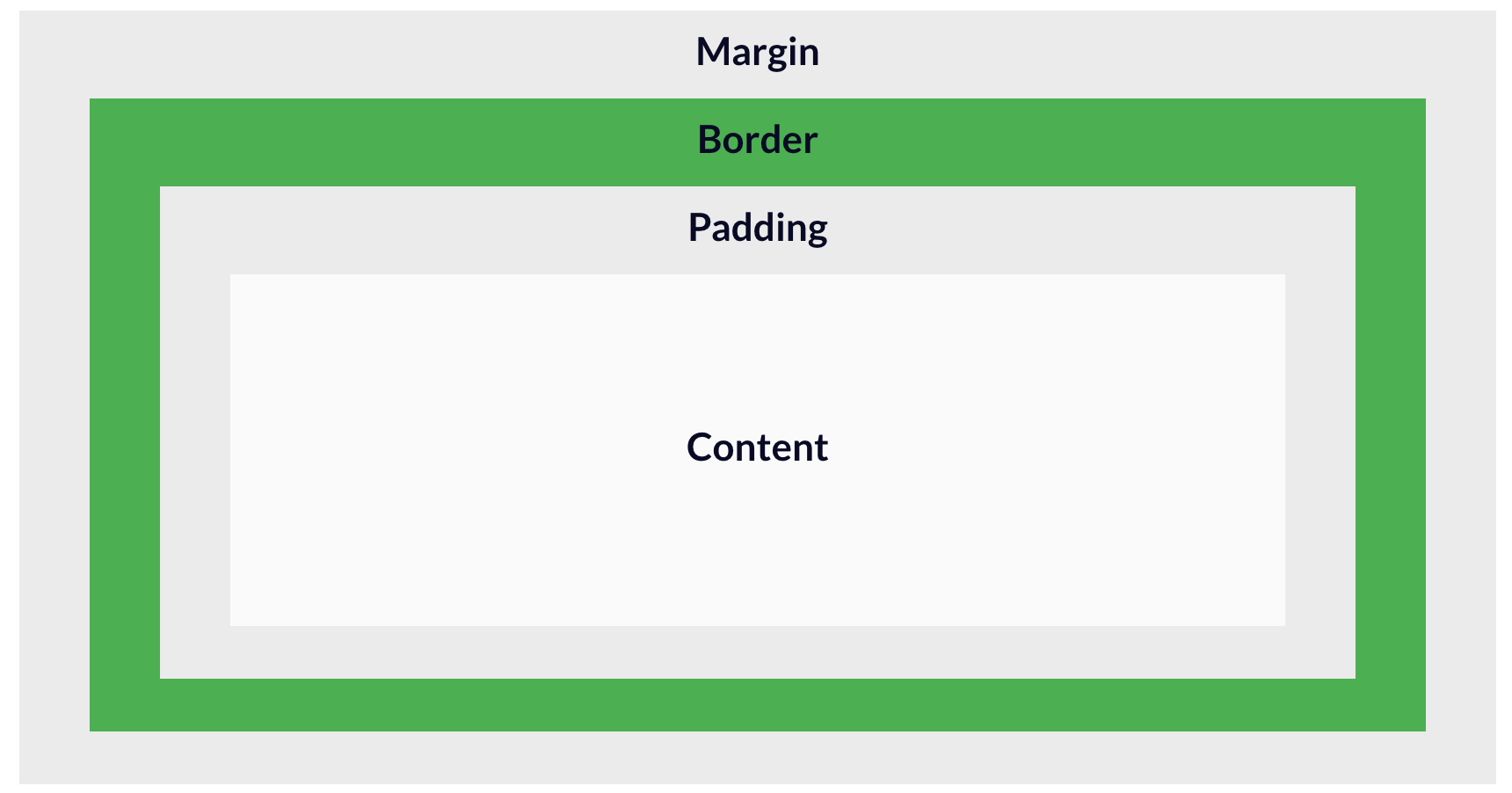
Html Background Color Tutorial How To Change A Div Background Color Explained With Code Examples

Change A Style Of All Elements With Specific Class Using Js Bobbyhadz
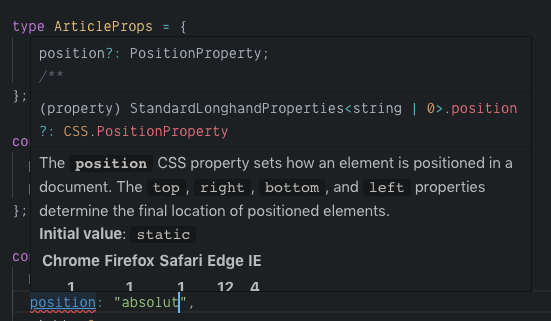
Typescript And React Styles And Css

How To Remove A Class Name From An Element Through Javascript

Html Class Attribute Geeksforgeeks

Html Target A Css Class Inside Another Css Class Stack Overflow

Add Multiple Classes To An Element Using Javascript Bobbyhadz
